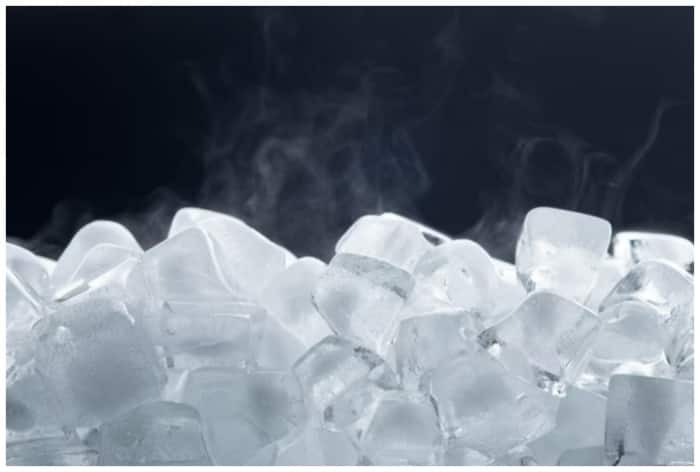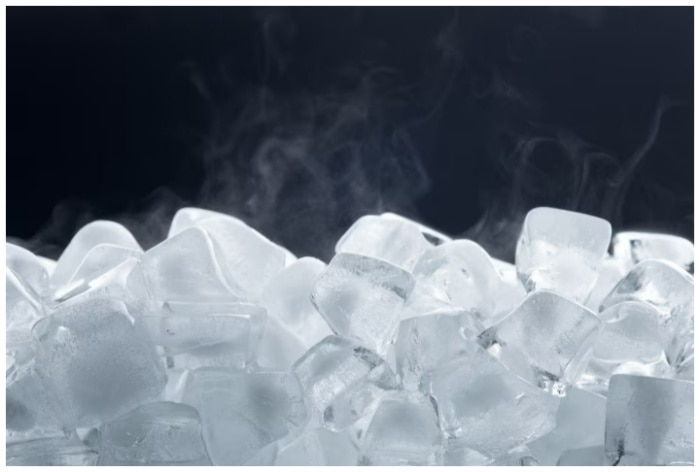In the recent unfortunate case where customers vomited blood after being served dry ice as mouth freshner, expert talk about it its health side effects.

The recent case at Gurgaon cafe has made dry ice one of the most common searches. Reportedly, five people at Laforestta Cafe, Sector 90 in Gurugram were hospitalised after mistakenly being served dry ice as the mouth freshener. Videos circulated on social media showed the affected persons vomiting blood and reporting the burning sensation in their mouths.
Doctors on Tuesday said that the consumption of dry ice and liquid nitrogen is not safe for consumption after a scary incident was reported from Gurugram in which five diners were admitted to the hospital. Dry ice is frozen carbon dioxide (CO2) which has a surface temperature of -109.3 degrees Fahrenheit (-78.5 degrees Celsius). It is manufactured by compressing and cooling gaseous CO2 under high pressure to initially produce liquid CO2.
Dry ice also has the very nice feature of sublimation as it breaks down, it turns directly into CO2 gas rather than a liquid. The super-cold temperature and the sublimation feature make dry ice great for refrigeration.
Why is Dry Ice Dangerous?
“Dry ice can cause severe damage to the skin and internal organs if mishandled or accidentally ingested due to the extremely low temperatures they can maintain. Touching dry ice is a lot like touching something very hot. If you hold onto a cold piece of dry ice for more than a second or so, your skin cells will freeze and start to die. Extended contact with dry ice causes frostbite, which can lead to burns and scars,” Dr. Tushar Tayal, Lead Consultant, Department of Internal Medicine, CK Birla Hospital, Gurugram, told IANS.
Dry ice and liquid nitrogen are often used in food and drinks by restaurants and cafes for their smoke effect, which can make it look more appealing and fancy.
Liquid nitrogen is simply nitrogen that has gone from its natural gaseous state to a liquid state. Liquid nitrogen has a boiling point of about −196 degrees Celsius. It is produced industrially by fractional distillation of liquid air. It is used in cryotherapy, cryogenics and also has culinary uses.
“Dry ice and liquid nitrogen are not meant for consumption and can cause severe harm if ingested,” Neelima Bisht, Chief Clinical Nutrition, Dietetics Department Paras Health Gurugram, told IANS.
Similar to dry ice: “Liquid nitrogen, while often used in fancy foods for its dramatic effect, can pose significant health risks if not handled correctly. Ingesting liquid nitrogen can lead to severe internal damage, including frostbite and tissue damage. Both dry ice and liquid nitrogen can cause vomiting, bleeding, and other severe health complications,” Bisht said.
The Food Safety and Standards Authority of India (FSSAI), the US Food and Drug Administration (FDA) as well as the Centers for Disease Control and Prevention (CDC) also call both dry ice and liquid nitrogen a lethal substance, and unfit for consumption.
The FSSAI also urges Commissioners of Food Safety of all States/UTs “to initiate a systematic campaign for generating awareness amongst all food business operators and citizens on the safe and proper handling of dry ice as the cooling agent for food products.”
(With IANS inputs)

